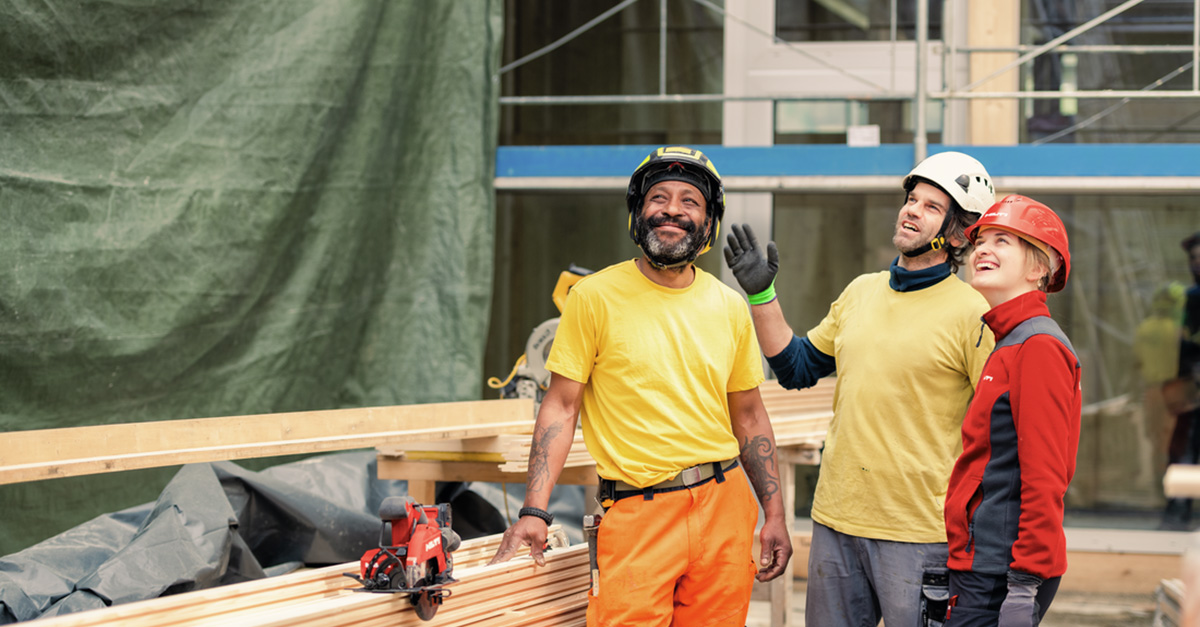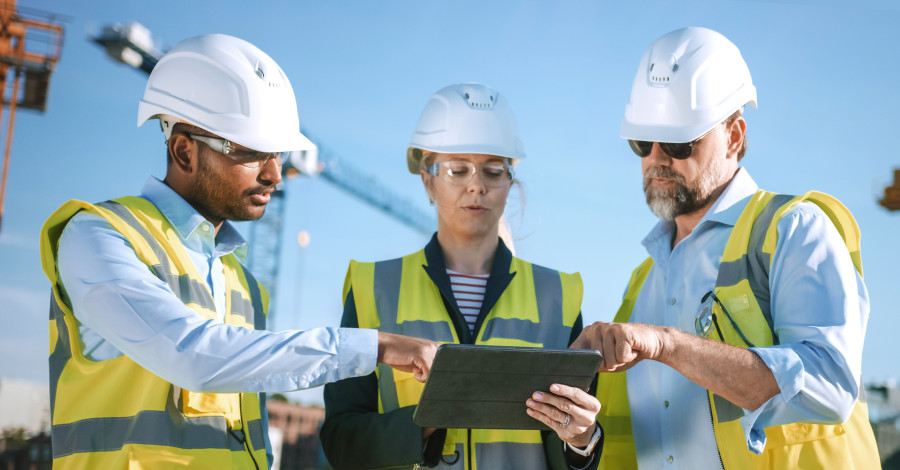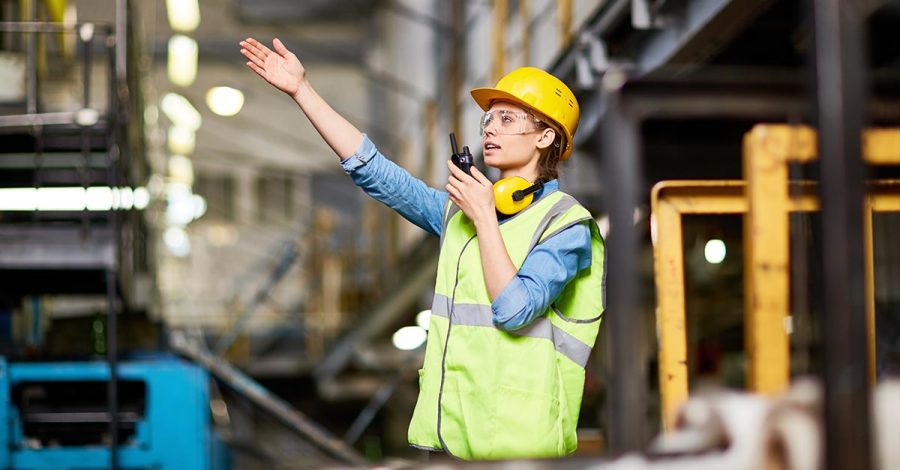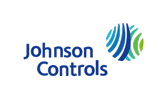Embracing diversity in construction leads to innovation and success

Future-forward discussions within the construction sector require more than focusing on an aging workforce and labor shortage. Next-generation construction managers and subcontractors will need to be more diverse and creative than ever before. More representation from varied backgrounds will help organizations adapt to a technological, sustainable and demanding future. How will 2025 reinforce a more diverse and inclusive workforce?
How diverse is construction currently?
For most of history, construction has had a relatively demographically homogeneous workforce. Everything from race to age remained consistent for decades. In recent years, trends have shifted in a more equitable direction. However, disparities are still apparent, even as 2025 begins.
Gender
According to the U.S. Bureau of Labor Statistics, only 10.8% of the construction sector is women. Information on other gender categories is not gathered. Unfortunately, women are not common in leadership positions, much like other minority populations.
Race
Only 6.7% of construction workers identify as Black or African American, 1.7% as Asian and 34% as Hispanic or Latino. Not only is there not enough diversity here, but the various departments across a construction organization fail to provide equal opportunities. For example, while Hispanic people are the majority of workers in construction and extraction, they have little representation in management or financial operations compared to non-Hispanic White staff.
Age
Construction is an aging industry, and the number of workers over 55 has doubled to 22.7% in the last several decades. While ages 25-54 is still the most predominant age group, younger professionals are underrepresented. However, this is a multilayered concern, primarily as trade schooling fell out of fashion for students for a while in lieu of university education.
Disability
Approximately 5.9% of people in construction, around 440,000, identify as having a disability. Surveys show the majority of these individuals have multiple, while other categories include hearing, vision, ambulatory and cognitive classifications. There is a prevailing wage gap between people with and without disabilities, with those with them being paid less.
What are the barriers preventing further diversity?
Discrimination is culturally embedded into construction after decades of prejudice and failure to dissolve these mentalities. Recognizing bias as a problem is the first step to providing equal belief and training to all employees. Therefore, culture is the most significant blockade against equality, so a shift is necessary.
Construction workers of different demographics and backgrounds receive different training. Women or people with disabilities may struggle to find outlets for learning certain skills and trades due to social stigma. For example, the skills needed to enter a career in diesel mechanics, like basic machinery and tool proficiency, are socially associated with men.
Increasing awareness through education and community-building among diverse coworkers is the first step to breaking stereotypes. Sometimes, interactivity is all that is necessary to change tone.
How can construction be more diverse in 2025?
Construction firms and subcontractors have several options for instituting a more accepting, inclusive workplace.
Revising hiring protocols
First, they can establish more ethical hiring practices. Instituting mandatory bias training for talent acquisition staff is crucial for equitable hiring practices. It ensures a firm onboards the most qualified staff and does not dismiss individuals based on demographics or background. Companies may also draft hiring policies focusing on hiring underrepresented populations who have historically been given fewer chances in the sector.
Creating working groups
Several agencies have done this already with notable success. Skanska USA is a notable case study. It has a Women’s Network, which provides a dedicated space for these individuals to find mentorship opportunities and pursue competitive leadership development. Simply having this fixture encourages more women to apply to the company, as they will feel supported by management. Members tout its efficacy in changing organizational culture and overcoming challenges.
Choosing sustainability
While environmental, social and governance goals typically focus on reducing carbon emissions and waste generation, it also relates to equity. Eco-conscious and social justice are inextricably linked. Therefore, construction companies establishing environmental goals are more likely to push themselves to fight for diverse workers. Cities like Los Angeles and Detroit have established climate action plans, which include criteria like workforce diversity. This demonstrates how crucial these subjects tie together and support green jobs and projects.
Committing to equity in infrastructure
The Equity in Infrastructure Project is a way for construction companies to commit to a framework to promote the livelihoods of minority groups, women workers and overlooked construction businesses. Pledging to this initiative is a signal to competitors and clients alike that the agency and its contractors care about establishing fair construction settings. There are currently 74 signed members, with hopefully more to come in 2025.
Making culture consistent
New and old hires will only feel comfortable and safe if there is a widespread culture shift. This means management teams must enforce a no-tolerance discrimination policy. Additionally, educational opportunities should be available to make staff understand the benefits and necessity of hiring diversely.
Fairness in construction
The construction sector’s thought leaders will be companies embracing an inclusive workforce in 2025. The industry has operated on antiquated ideas for so long, and it needs a fresh perspective. Bringing in new perspectives the industry has not previously included is the way to break the limiting boxes construction created for itself. All construction stakeholders should make diversity, equity and inclusion one of their most prominent priorities to send a positive, impactful message about what is to come.

 Evelyn Long •
Evelyn Long • 



















